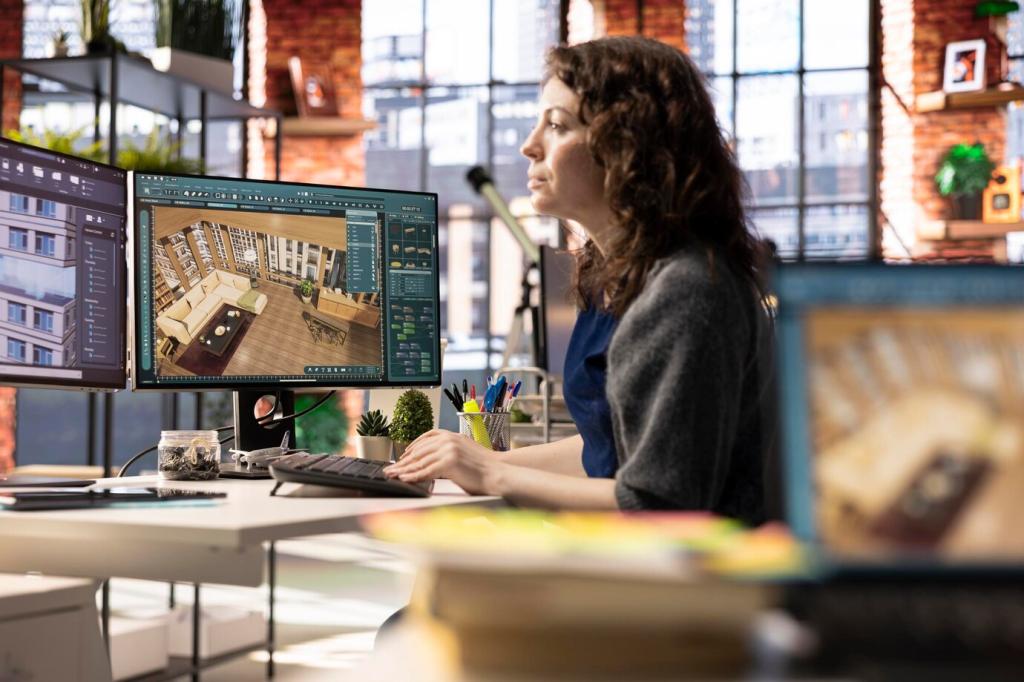
The Future of Minimalist Design Trends
Today’s theme: The Future of Minimalist Design Trends. Step into a world where purposeful reduction meets human warmth, and discover how the next decade of minimalism will feel clearer, kinder, and beautifully intentional. Subscribe for thoughtful updates.
Why Minimalism Is Changing: Signals Shaping What Comes Next
The future favors minimalism that explains its choices: fewer elements that work harder, products that earn their place, and interfaces that guide without shouting. Tell us where you value subtraction most in your life.
Designers are measuring attention, reading ease, and decision friction to quantify calm. Less becomes a tool for mental clarity, not an aesthetic quota. Would you adopt apps that prove their calm through transparent metrics?
A small studio removed thirty percent of interface elements from a client app and saw task completion rise. Users described the update as a relief, not a redesign. Comment if you’ve felt similar clarity after decluttering.
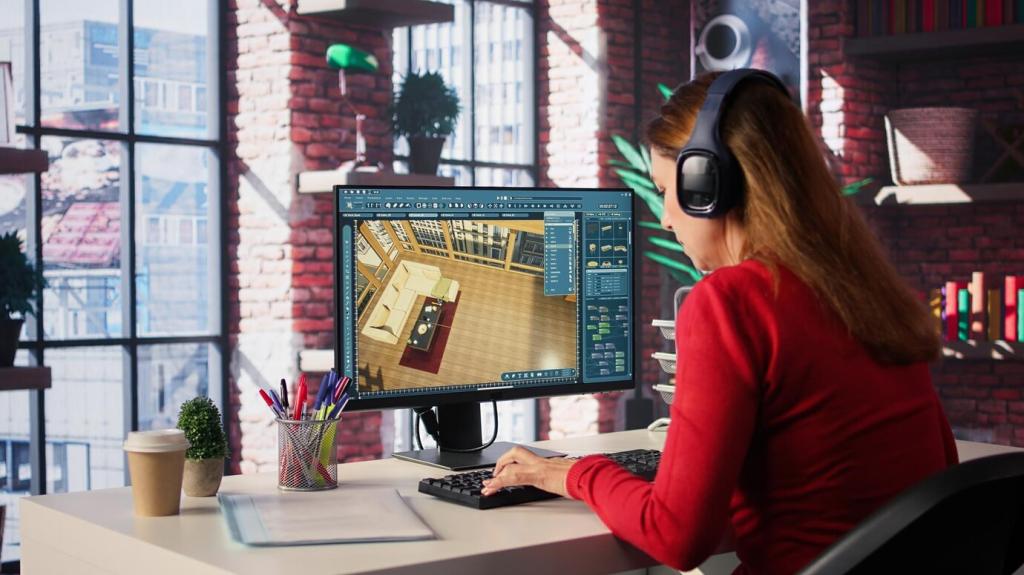
Mono-material Products for Honest Recycling
Expect growth in single-material objects that disassemble in minutes and actually recycle. Labels will state end-of-life paths as proudly as features. Which everyday product do you wish came in a mono-material version first?
Repairable by Design, Not by Afterthought
Future minimalist goods will reveal fasteners, publish repair guides, and sell spare parts. A visible screw can be a statement of care. Share a story where an easy repair extended a product’s life for years.
Traceable, Circular Supply Chains
QR tags will narrate each object’s origin, carbon footprint, and recovery plan. Minimalism becomes transparent stewardship, not secrecy. Would traceability influence your purchase more than a limited-edition label or seasonal colorway?
Digital Interfaces Go Quiet: The Next Wave of Minimal UI
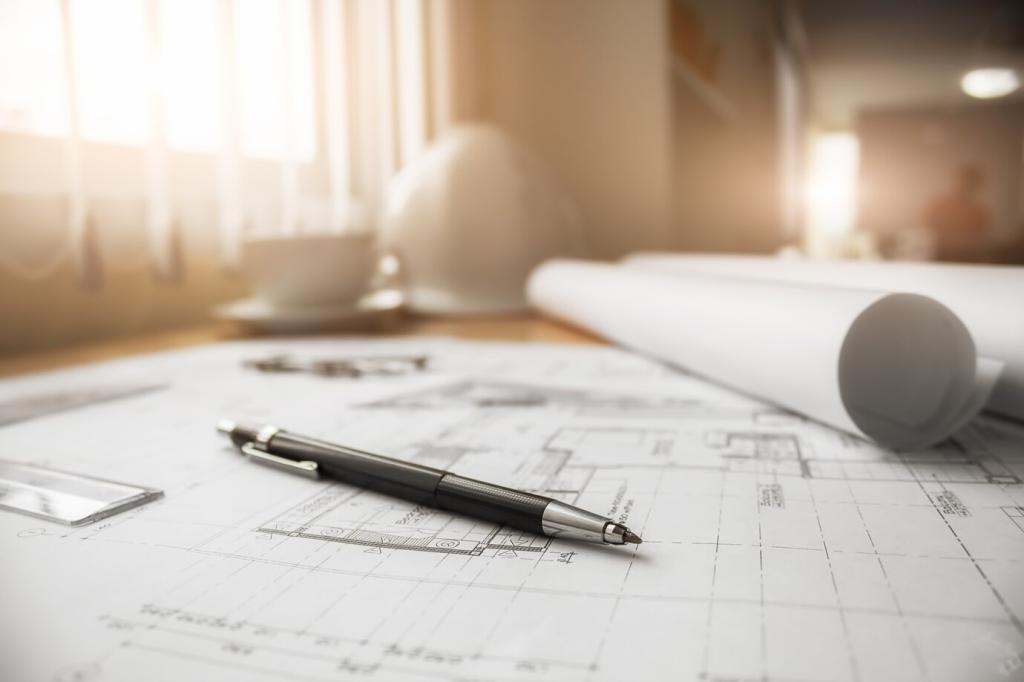
Notifications will cluster, summarize, and wait for your natural attention cycles. Status shifts will appear as gentle micro-badges, not red alarms. Tell us which notification you’d redesign first to reclaim your peace and clarity.
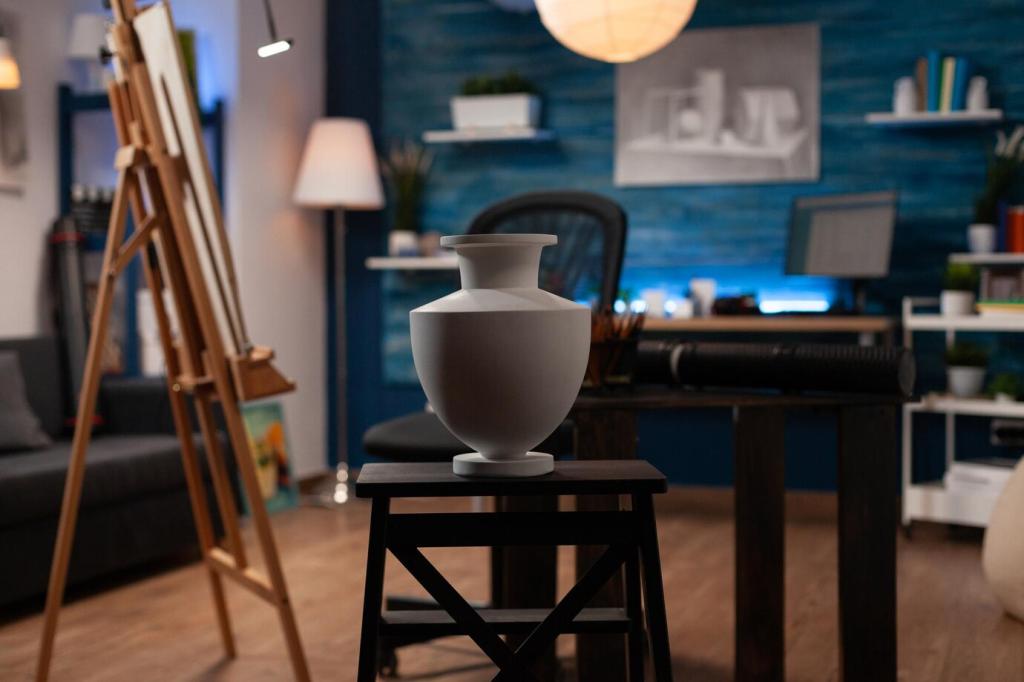
The Power of White Space and Rhythm
Generous spacing reduces cognitive load, improves scan paths, and invites slower breathing. Rhythm in grids guides the eye without borders. Where has white space helped you understand complex content faster and with less stress?
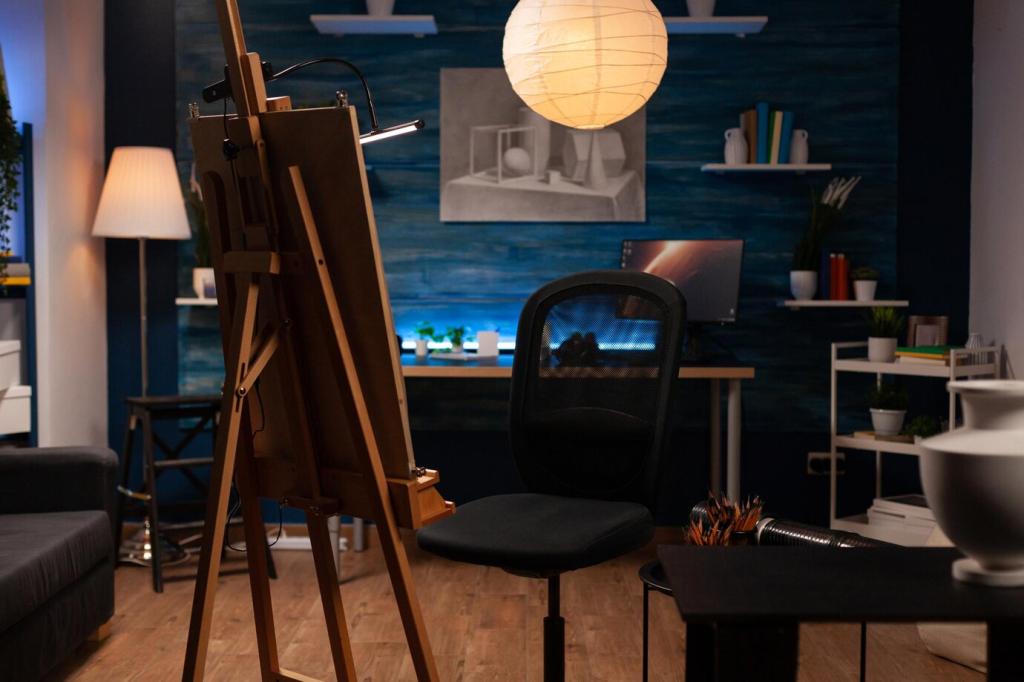
Color Palettes That Breathe
Expect restrained palettes that shift by context and time, balancing contrast for accessibility and comfort. Fewer hues, greater nuance. What two-color pairing makes you feel most calm and focused during intense work sessions?
Inclusive by Intention: Accessibility Inside Minimalist Systems
Readable Typography at Any Scale
Variable fonts let lines reflow gracefully, maintaining hierarchy without clutter. Designers will favor sturdy letterforms with generous x-height. Which typefaces feel calm and readable to you across phones, tablets, and large desktop screens?
Contrast, Motion, and Comfort
Future guidelines balance contrast for readability without glare, and offer motion-reduction by default. Comfort becomes a success metric. Would you enable a universal comfort mode that harmonizes contrast, motion, and spacing across apps?
Content-first Navigation Patterns
Menus shrink to essentials, search expands, and breadcrumbs quietly orient. Minimalism clarifies pathways rather than hiding options. Tell us which navigation pattern most improved your confidence while exploring a new product or website.
Spaces Reimagined: Minimalist Homes and Workplaces of Tomorrow
One piece will shift from desk to dining with quick latches, not tools. Future minimalism celebrates transformation over accumulation. Which room in your home would benefit most from modular adaptability and clear, flexible zones?

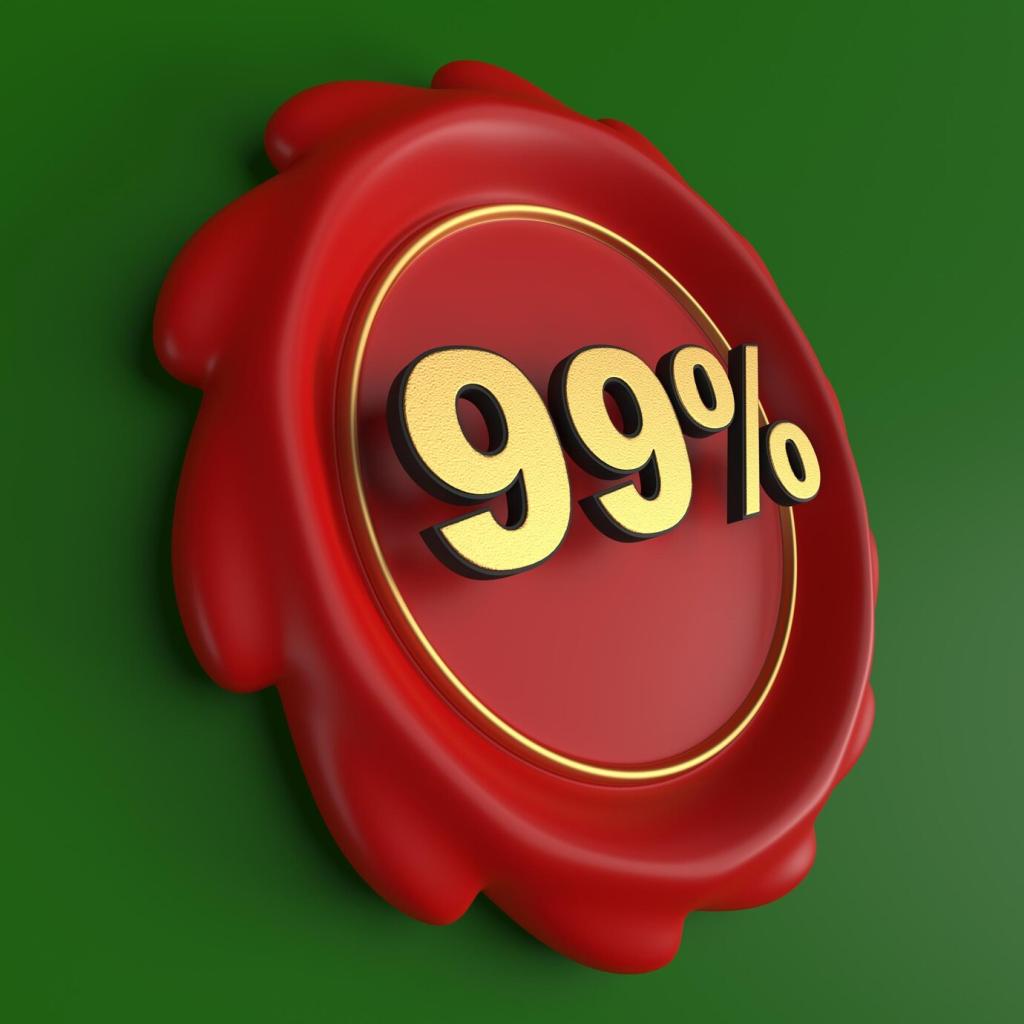
Spaces Reimagined: Minimalist Homes and Workplaces of Tomorrow
Invisible storage reduces visual noise while making essentials instantly reachable. The goal is honest order, not performative emptiness. What everyday item would you relocate to reclaim calm without sacrificing your real routines and habits?
List every element, feature, and message, then justify its job. Remove orphaned parts, combine overlapping roles, and clarify outcomes. Which area of your brand most needs a courageous, data-informed reduction this quarter?
